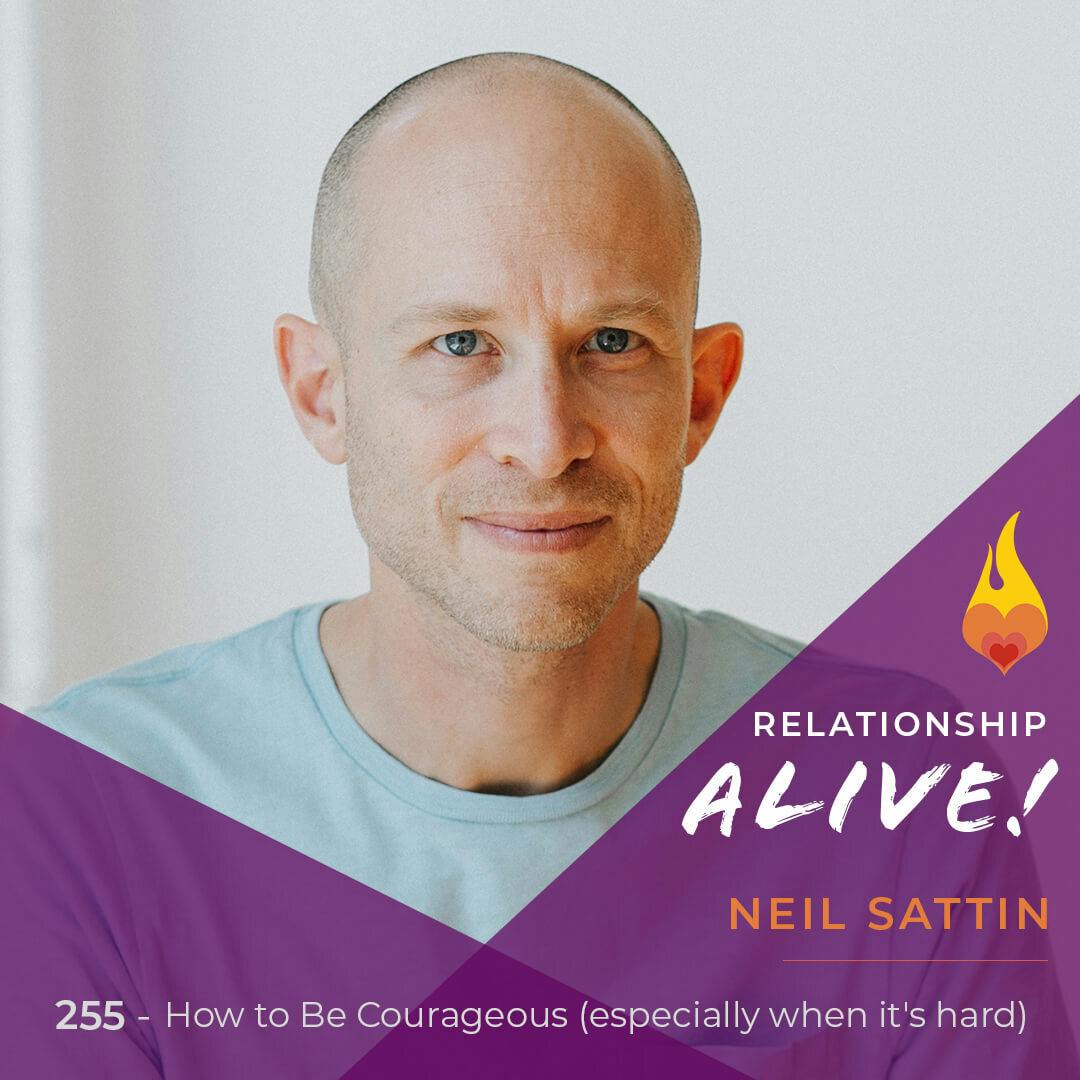Welcome back to my series of reviews of the PhotoReading Deluxe course. This morning I completed Disc Three, which was quite a bit shorter in duration than the previous disc. It was forty-one minutes total and exclusively focused on the PhotoReading step - the step which lends its name to the entire "Whole Mind Reading System". While the technique of PhotoReading is probably the most "radical" thing that you'll do in the course, the process of learning how to PhotoRead is actually relaxing, fun, and interesting to do.
The point of the PhotoReading step is to get the information out of the book and into the other-than-conscious part of your mind, circumventing your critical faculty (which is essentially your brain's filtration system). I suppose that bypassing the critical faculty also helps you overcome your innate skepticism that something like importing information from a book directly into your pre-conscious mind is even possible - an added plus! 🙂
The more I think about it, however, it doesn't seem like there's all that much to be skeptical about. As an experiment, look up from your computer screen right now, and notice that you can actually take in a lot of visual stimuli all at once. If you relax your field of vision to include more of your periphery, then you'll really see what I'm talking about. At every instant, your brain is deciding which, if any, of the things that your eyes are seeing is worth considering or reacting to. So we know that everything within our visual field IS being processed on some level. That's where the PhotoReading step comes in.
The PhotoReading step is broken down into six parts:
- Prepare. Each step of the way, preparation is as important as what you're actually doing. Stating your purpose keeps your body-mind in alignment, helping your other-than-conscious mind to find the information that you need in all that it's taking in.
- Enter Accelerated Learning State. Most superlearning methods have recognized the importance of focused relaxation in achieving your goals. I can tell that by the end of the PhotoReading course I will be adept at getting to a relaxed state in relatively short order, as we will practice getting there many times during the course.
- Affirming Intent, Goals, and Outcome. Once we're in the relaxed state, we're in a perfect position to affirm what we're about to do, placing some positive statements about the process directly into our subconscious mind. This step reminds me of auto-suggestion in various self-hypnosis methods. I know that Paul Scheele is a practitioner of NLP (neuro-lingustic programming), so that influence is strong in this step.
- PhotoFocus. This is a technique of looking at the page with "soft eyes" - basically a strategy for looking at the page and taking all the information in without getting distracted by (and actually reading) the words on the page. Paul Scheele gives several different methods for producing PhotoFocus - all of which are shortcuts to getting your eyes to do the right thing. Rest assured those of you with vision in one eye only - while PhotoFocus is easier if you can diverge your eyes, there are strategies given for seeing the page (without focusing on the content) that will work if you're working with one eye instead of two.
- Maintain the state. Since PhotoReading is an activity for the other-than-conscious mind, Paul Scheele gives us some ways to keep your conscious mind busy as you PhotoRead. Primarily we rely upon a "chant" - words like "Re - lax" and "Keep the State" that not only keep our mind occupied, but that also affirm what it is we're trying to do.
- Closing with Mastery. You're in a relaxed, suggestible state. You've just PhotoRead an entire book. Without this step, your temptation might be to just close the book and think "oh crap...did I get anything? I don't remember anything! Oh no!" and so on. The point of the "closing" step is to, again, affirm your intent, your desired outcome, and to send your subconscious mind messages about your confidence in the process. We also affirm our curiosity, our eagerness to notice all of the ways that our other-than-conscious mind will communicate its newly acquired information to the conscious mind.
All of the exercises on this disc are designed simply to teach the technique of PhotoReading. I didn't actually PhotoRead anything, though - apparently that's what's going to happen on the NEXT CD (our first chance to put all the steps together). In doing the CD-a-day approach, as I'm doing, this disc was a welcome break (yesterday's disc was pretty intense). Also, I've found that the technique of PhotoReading itself is pretty easy - and the beauty of it is that you don't really have to worry about "getting it right" - the only thing that you DO need to do is develop trust in your other-than-conscious mind to absorb everything (and that it will ultimately send you the info that you need during the "activation" step of the proceses).
So, my enthusiasm and curiosity are still at a high level. I've learned the "how-to" of the PhotoReading step, and I'm psyched for the next step, to put it all together. If this course really works, then it will excel at opening the doors of communication between the conscious mind and the other-than-conscious mind. Generally, I consider myself to be a "trusting skeptic" - in other words, I believe what people tell me, but I always maintain a balance between that trust and the analytical part of me. At this point, I'm certain that giving myself over to the full experience of the course, maintaining a positive attitude, and having fun with the techniques will be the best recipe for success and becoming another positive testimonial for the PhotoReading system.
Until then, I'll keep you posted on my progress through the course. Thanks for stopping by, and feel free to address any questions to me in the comments or through e-mail (neil at neilsattin dot com).
- PhotoReading Introduction and some words about Steve Pavlina.
- Review of Disc One of the PhotoReading Course.
- Review of Disc Two of the PhotoReading Course.
- You're reading my review of Disc Three of the PhotoReading Course
- Review of Disc Four of the PhotoReading Course and the Talking to Win Paraliminal.
- Review of Disc Five of the PhotoReading Course and Natural Brillance by Paul Scheele.
- Review of Disc Six of the PhotoReading Course and Lucid Dreaming
- Review of Disc Seven of the PhotoReading Course.
- Review of Disc Eight of the PhotoReading Course and Deluxe versus Classic.



hey I am really glad someone is doing this, I have just ordered the deluxe pack this evening and its reassuring to see some objective experiences of it, and that so far, its actually working. Keep up the good work my man!
Thanks for the encouragement, Philip, and I look forward to hearing about your experience as well!